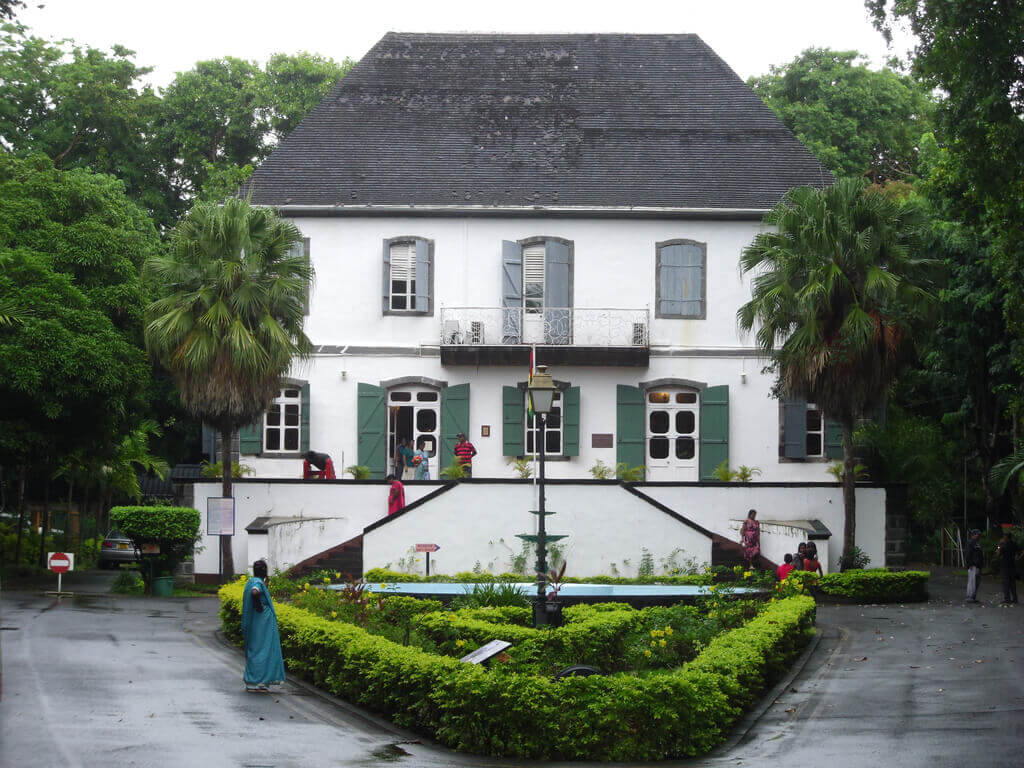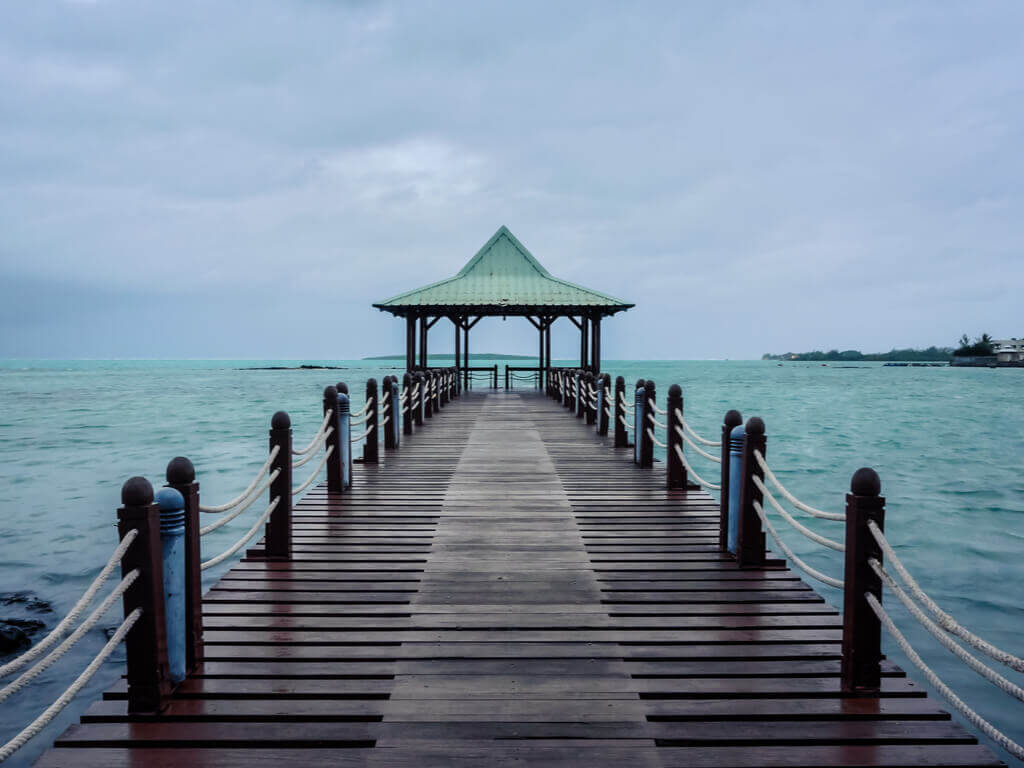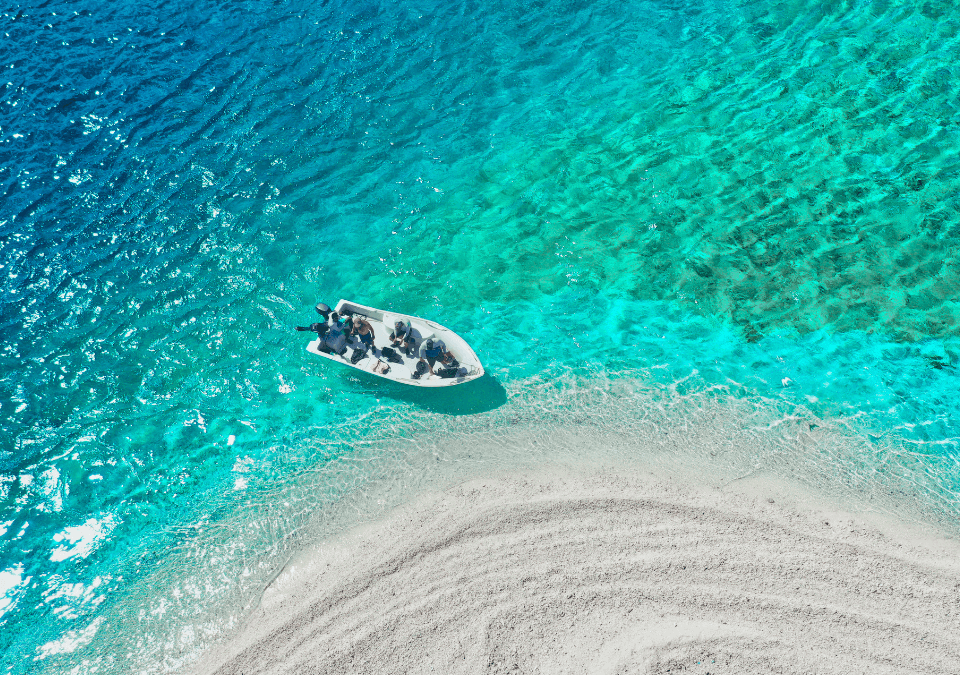Starting at 09:00 AM from your hotel, embark on a captivating full-day journey through the southern heritage of Mauritius. Your first stop is the Ile aux Aigrettes Nature Reserve, where you’ll encounter the island’s famous giant tortoises and witness rare flora and fauna thriving in their natural environment.
After returning to the mainland, unwind at the Blue Bay Beach and Lagoon, renowned for its crystal-clear turquoise waters and tranquil atmosphere. Continue to Vieux Grand Port, Mauritius’ oldest settlement, where history comes alive through its ancient ruins and colonial remains. Next, explore the Frederick Hendrik Museum, built on an active archaeological site that tells the story of the island’s early Dutch and French settlers. The tour concludes with a visit to Mahebourg, a charming coastal village filled with colonial architecture, and the National History Museum, where Mauritius’ vibrant past is beautifully preserved. Return to your hotel by around 5:00 PM, with lasting memories of the island’s cultural and natural heritage.

Ile aux Aigrettes owes its name to the colony of migratory birds, which populated the islet in the 1600s. A British military base during WWII, Ile aux Aigrettes, a coralline limestone islet, covers 27 hectares and is located one kilometre off the coast of Mahebourg. In 1965, the islet was declared a nature reserve. Managed by the Mauritian Wildlife Foundation (MWF) since 1987, Ile aux Aigrettes’ fauna, flora and endemic species are evidence of the efforts that are deployed to preserve and reintroduce rare Mauritian species.

Located at the entrance of Mahebourg village, the Naval Museum was inaugurated sometime around 1950 and specialises in the history of Mauritius relating to the sea; sea battles, shipwrecks, naval war items etc. Image courtesy of: Sophie Cayeux The Museum is housed in the Gheude Castle, a magnificent French colonial mansion, built around 1772, used to belong to the Commandant of the district of Grand Port, Jean de Robillard’s family, and played an important part in the island’s history. The house was bought by the government in 1950 and turned into a museum under the direction of the Mauritius Museums Council.

It was originally built by the Dutch during their brief period of colonisation of the island. It was close to their landing port, had ample water supply from many rivers and streams and had a scenic view of the large bay area. Mahébourg knew major development around 1806 during the French colonisation era.



